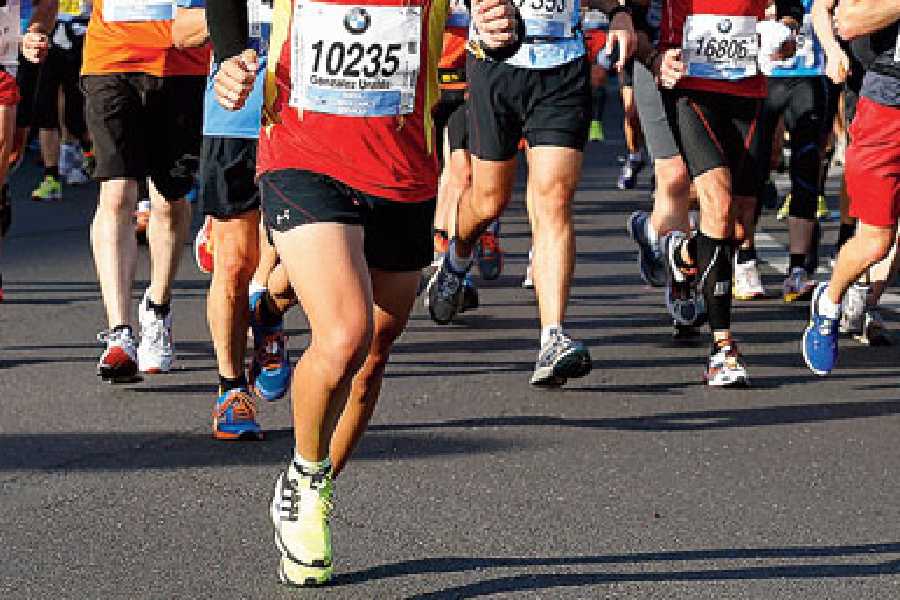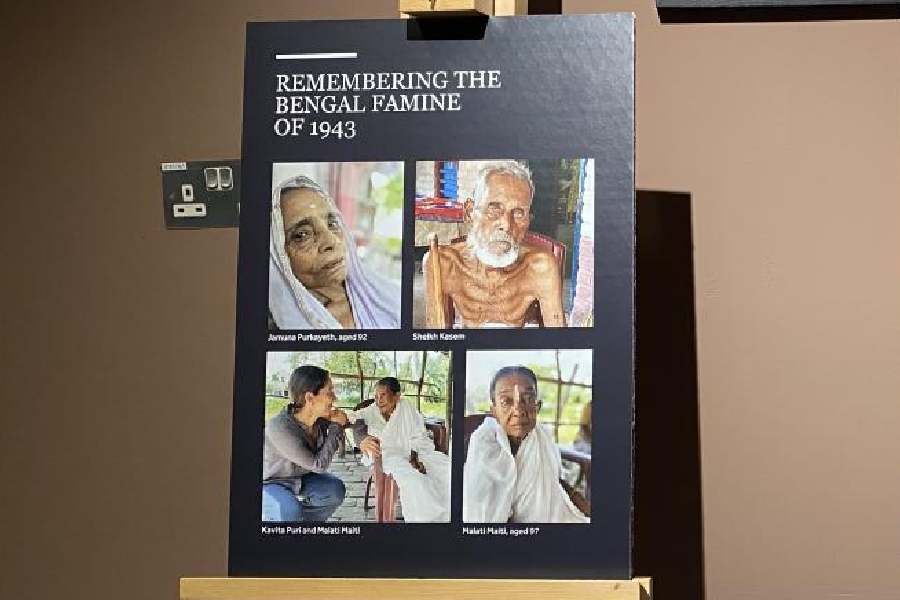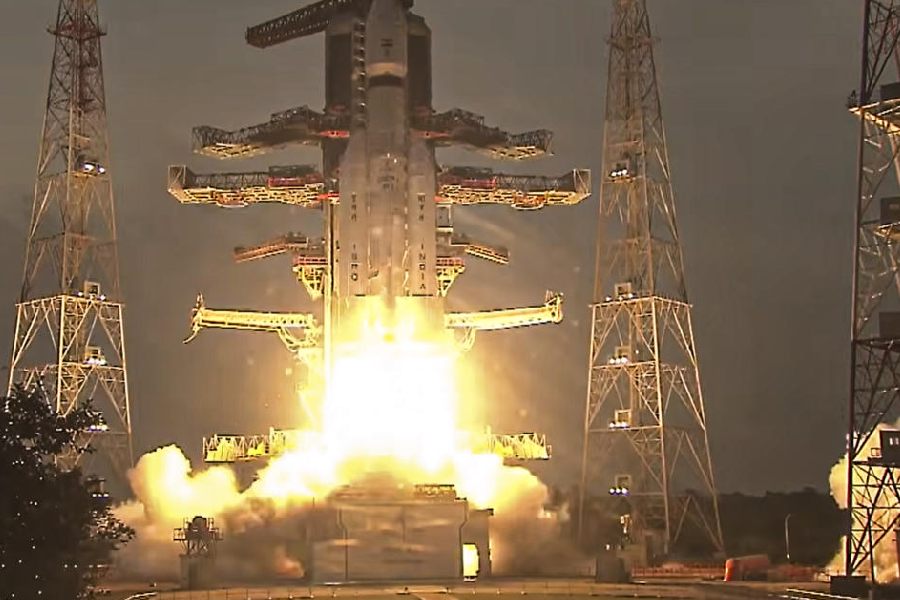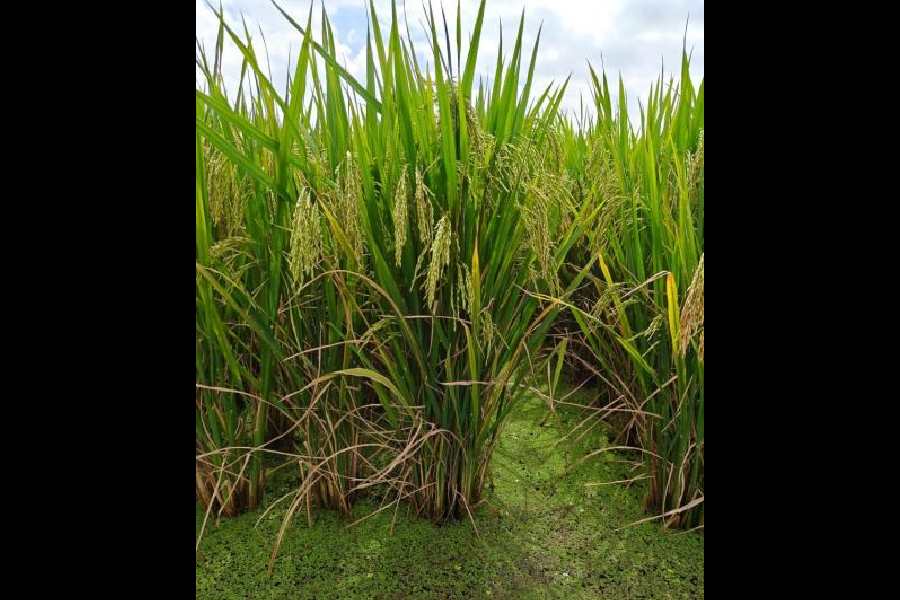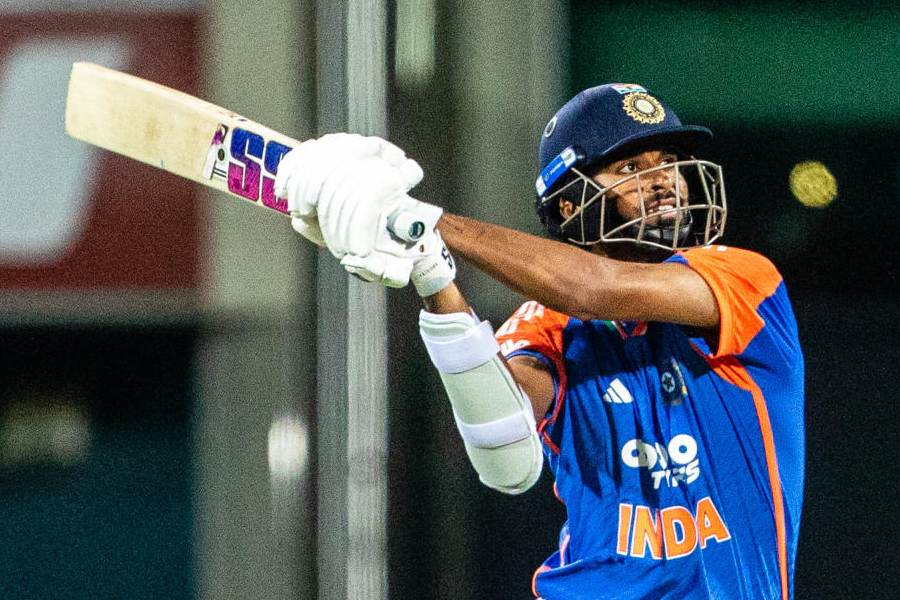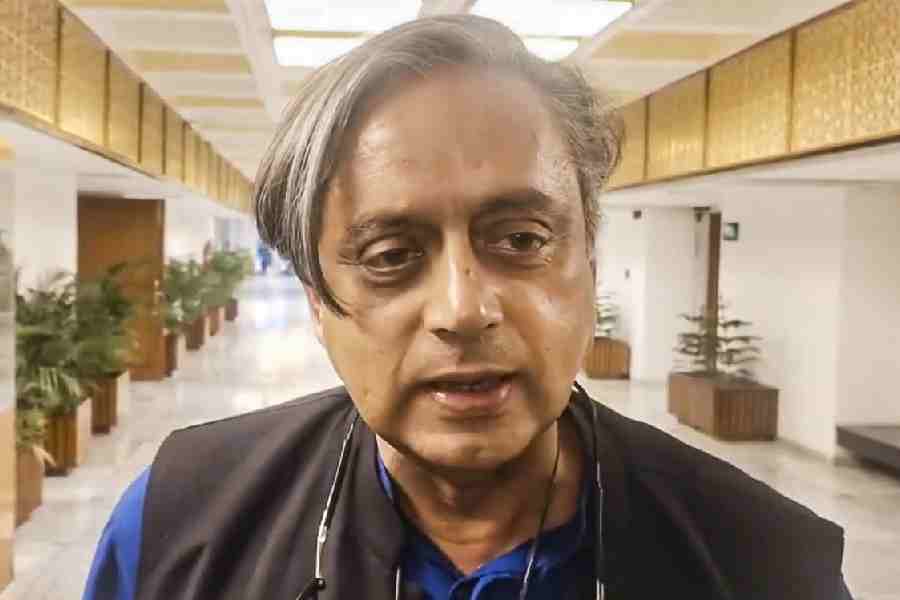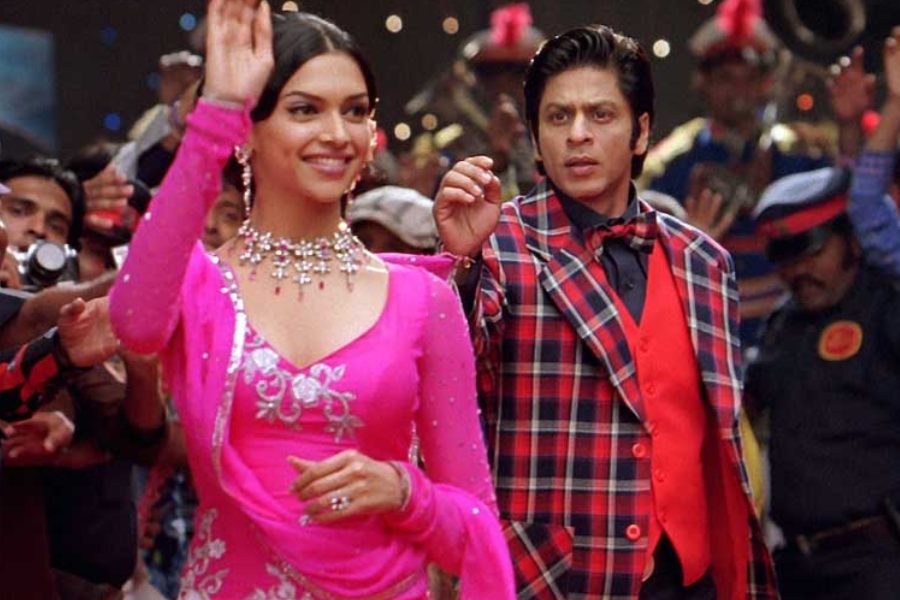 |
Stanley Ka Dabba is not cinema as we know it. Or as we are made to know it, Friday after Friday. As the dabba opens compartment by compartment, we stop looking for plot or pace, twist or turn, and just soak in the bitter-sweet vignettes of school life that many of us have had the privilege to experience.
The last time we were witness to such cinematic language was when a star came down to earth. And that is why Stanley Ka Dabba cannot and does not exist without Taare Zameen Par.
Amole Gupte — who was slated to direct Aamir Khan’s directorial debut, researching for months and even shooting for six days — produces, acts and directs (the same credits that Aamir took for TZP) this quasi-sequel almost as response cinema. Stanley Ka Dabba can be read as “this is what I wanted to make” or “this is what I can make” or even “that was my film”.
The analogies are unmistakable and almost screaming out to be spotted. From the animated opening credits to the kid-lost-in-his-own-world to the representation of the classroom and the staffroom to the talent-flaunting finale, it’s almost ditto. The issue is not dyslexia here, it’s the big revelation of the movie and we won’t spoil it for you. Quite ironic because you want to spread the word and champion the cause but you have to be hush-hush about it.
So when you make a movie, which is similar to a movie that you were the creative director of, you want to be evaluated for the treatment of the subject and how well you have directed the actors. Especially when the actors are mostly kids who have never faced a camera before. And this is where Stanley Ka Dabba is indeed excellent. Gupte is able to keep the Neorealist look and feel throughout the film because he never allows a Nikumbh Sir to shift focus and take over the proceedings.
 |
The story stays about this 10-year-old kid Stanley (Partho) who doesn’t bring his tiffin dabba to school and incurs the wrath of this paan-chewing fly-swatter-wielding Hindi teacher Varma (Gupte) who eats from the other kids’ dabbas during the break. When the boys manage to have Varma run around the school compound, recess after recess, he vents it out on Stanley: “No dabba, no school!”
It is with the contents of the dabbas that Gupte sets tongues wagging, er, watering! The way he captures food — with the masterful aid of cinematographer Amol Gole, who uses a Canon 7D to shoot the entire film — is truly lip-smacking. From mustard seeds sputtering in smoking oil to coriander leaves lazily falling on top of a ready gravy, it’s food porn at its sexiest.
But you will go back from a show of Stanley Ke Dabba not just feeling hungry but also moved by the beautiful bonding between the kids and their natural ‘acting’. Especially by Partho, Gupte’s son, who wins your heart from very early on. Gupte himself is very good. Having been far too loud in his last couple of outings, like Kaminey and Phas Gaye Re Obama, he avoids being a greasy caricature here, playing the bhookhe shikshak with relish and restraint.
Stanley Ka Dabba may engage you mildly or fully, depending on what you want to take away from a film like this, but what is guaranteed to touch you are the facts that dissolve in at the end. It explains how the movie was made and also throws light on the issue it addresses. And that really takes Gupte’s labour of love to another league.
Do ‘taste’ this one. Not to compare it with Taare Zameen Par, even if the buck-toothed memories and melodies keep swimming in your head, but to take a trip back to the innocence and goodness of childhood. Because if there’s one thing this movie reminds you, it is: Life is like Stanley ka dabba… you never know what you’re gonna get.


